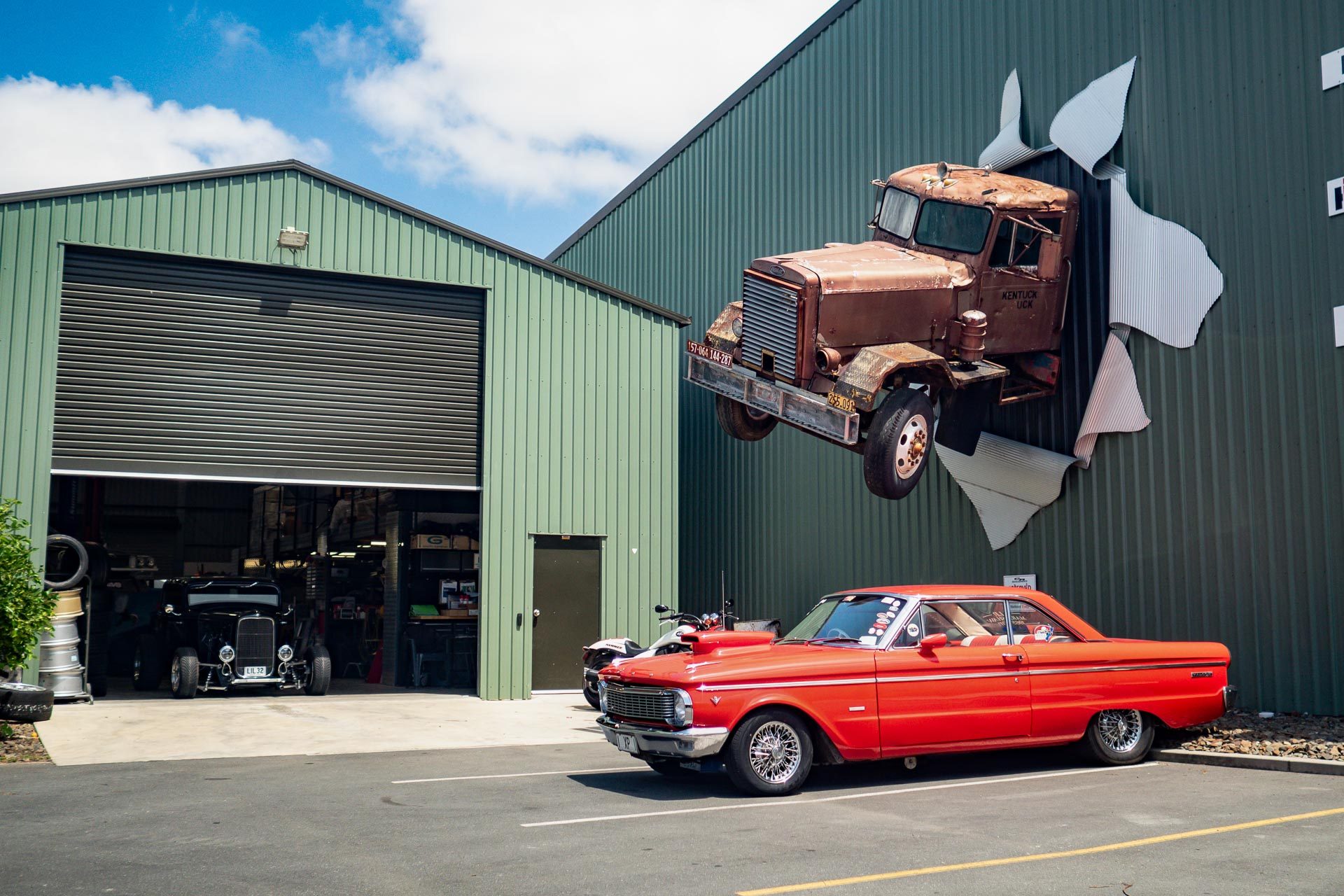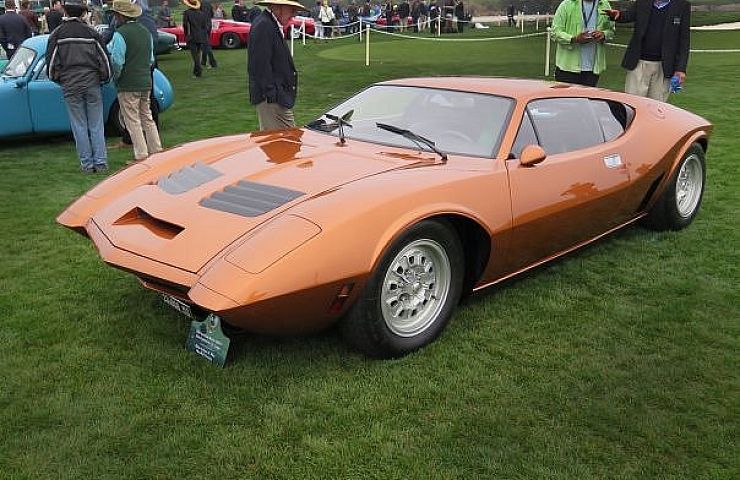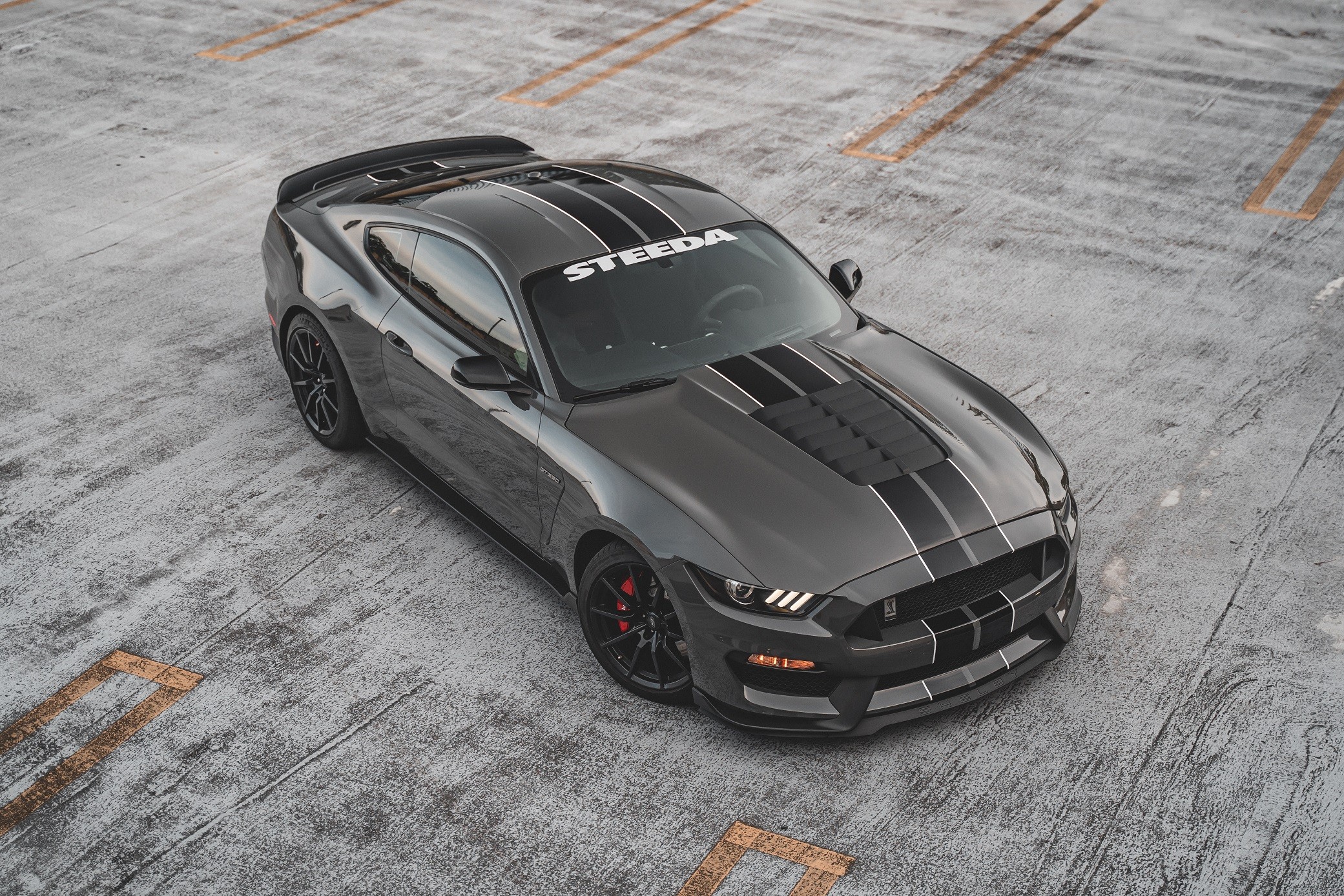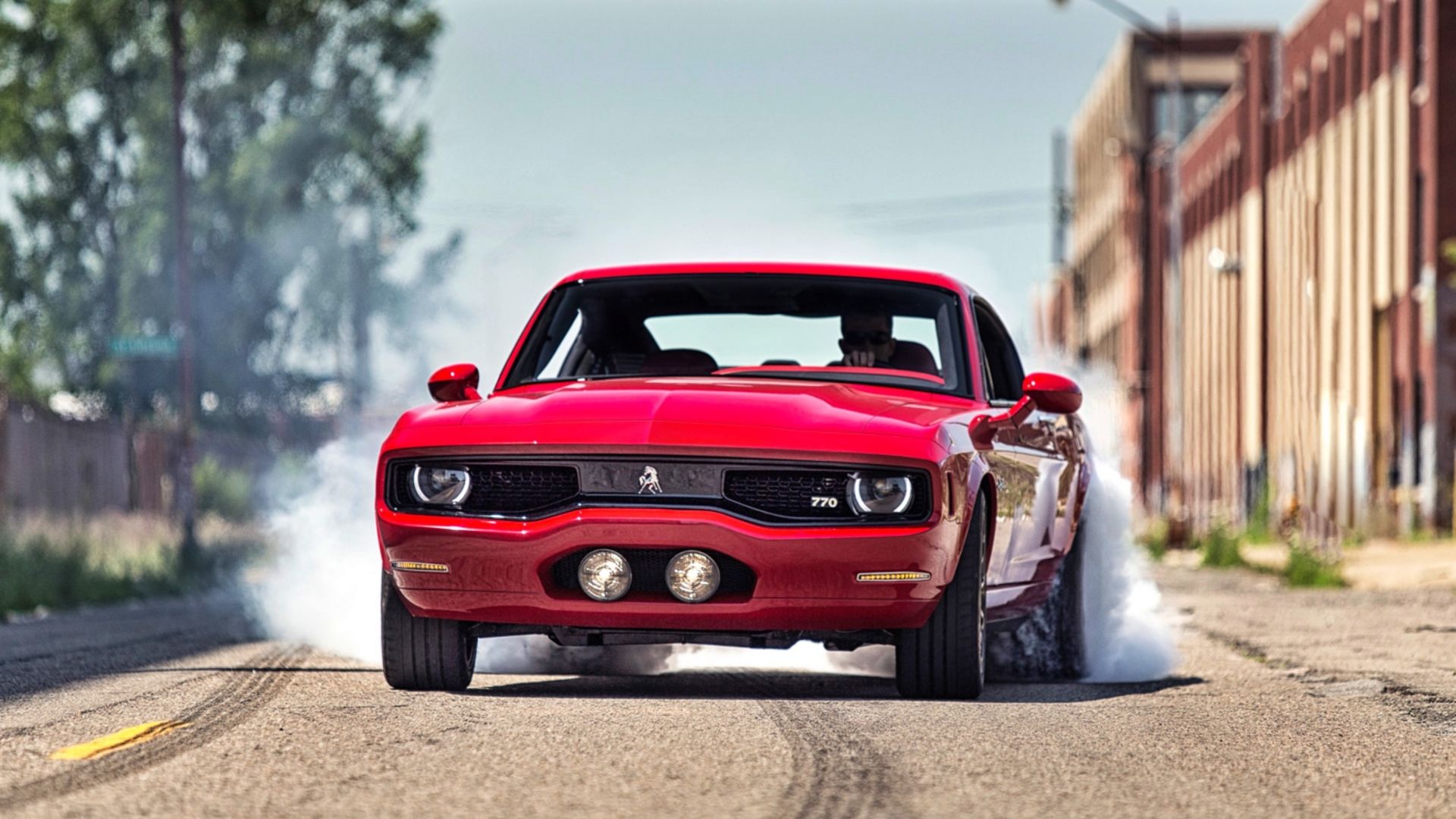The History of the Mustang
If there is a car that can be said to be a classic piece of Americana, the Ford Mustang is it. This vehicle has remained popular for decades. Born out of a need to compete with a rival company’s model and to boost sagging sales, the success of the Mustang is due to the right combination of media savvy, great entrepreneurship, and marketing brilliance.
The Concept
In 1964, the Ford company was experiencing a downswing. Although it had experienced good sales with its Falcon model in years past, Chevrolet had pulled ahead in sales due to its development of the Corvair Monza. Ford wanted an answer to the Chevy’s character and style, which were its key selling features.
In stepped Lee Iacocca, with an idea to create a car that could be designed by the people. While his idea was initially rejected, he eventually talked management into going along and soon design was under way. In order to reduce costs on the development, the Mustang used many parts that were originally included on other car models, notably the drivetrain that was found in both the Fairlane and the Falcon. It came in two-seater models, coup or convertible.
The Campaign
The Ford launch of the Mustang involved an incredibly detailed advertising campaign. Ford debuted the Mustang at the World’s Fair in New York on April 17, 1964. Two days later, the car was advertised on all three American television networks. The campaign was one of the most successful launches in American history, with over a million Mustangs sold in its first year and a half on the market (during which time it was upgraded to a four-seater).
A significant selling piece of the Mustang was that it was built to order. That is, purchasers had a huge list of options that they could select on the car for themselves. Some of the options included power steering, power train combinations, air conditioning, and a high performance engine. It was the first car to include so many different options to the buyer, and the strategy was profitable for both manufacturers and dealers.
New Models
The ’64 to ’66 Mustang models were built with a sports car look, including long hoods and shorter rear units. Interiors were also designed along sports lines, with a small backseat and two seats in the front.
1967 and 1968 Mustangs had a larger grill than the original models, and also a widened hood that was more aggressive looking and a better reflection of the engine units.
1969 and 1970 Mustangs were longer than the previous models, and were also heavier. In addition, the headlights of the Mustang were now housed inside the grill instead of protruding.
’71 to ’73 saw the heaviest Mustangs to date put on the market.
The second generation of Mustangs saw a return to the appearance of the original model, but with important innovations in the guts. Rack-and-pinion steering was an important part of the system that was manufactured from 1974-1978.
The third generation of Mustang was also the longest incarnation of the car in terms of production. While it lacked the cosmetic appeal of the other generations (being smaller and with softer lines), this model had a complete reworking of the interior so that four people would fit in it comfortably. With a 302 with a better camshaft and new valves as well as an updated exhaust system, the third generation of Mustang was the best from a performance point of view, being one of the fastest domestic cars available in America.
The fourth generation of Mustang was designed to get the car back to the sales numbers it had enjoyed in previous years. The manufacturers relied on a return to the sporty look to accomplish this, and the move paid off. The new Mustangs were almost a perfect hybrid of the earlier models in look, and included all the innovations in the guts that had made the Mustang a reliable performance car.
Ford bought in to the popularity of retro in a big way with the fifth generation of Mustang which hit the market in 2005. The latest Mustang models are much more similar to the ’60s styles than any other generation, only with the sleeker lines that the 21st century finds so appealing in all matters of decoration.






More Stories
Muscle Car Collecting Tips for the Ultimate Car Hoard
Rare Muscle Cars Unveiling Hidden Automotive Treasures
Muscle Car Upgrades Transform Your Ride for the Better